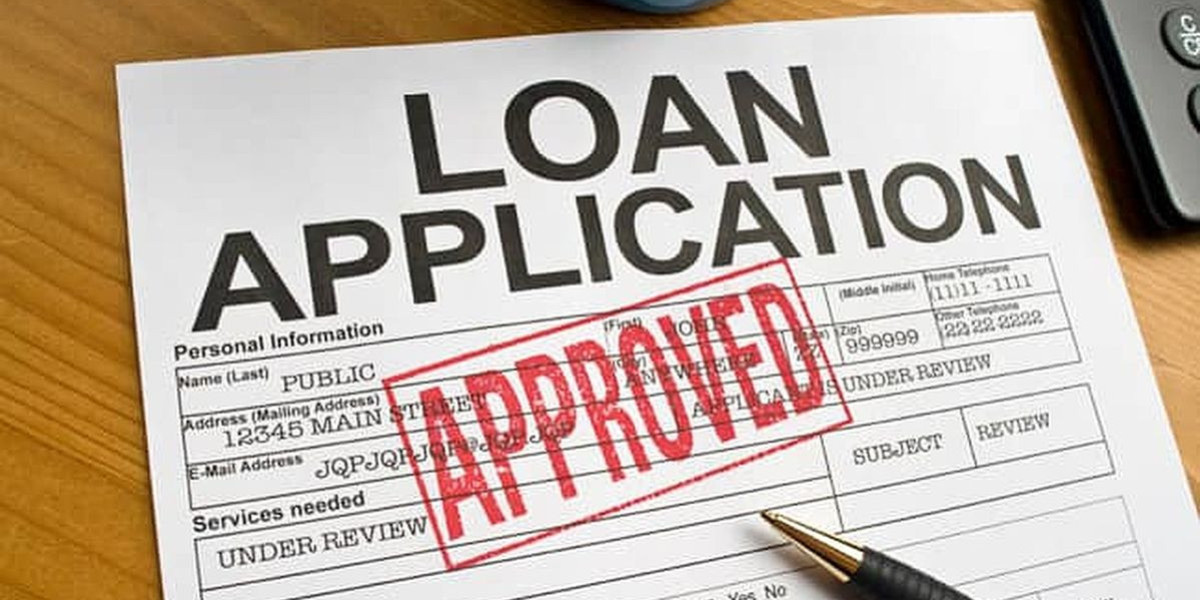Personal Loans have become the most convenient way to meet financial needs, whether it is covering medical expenses, funding home improvements, or managing unexpected emergencies. For first-time borrowers, however, the process can seem daunting. Questions about eligibility, Loan amounts, interest rates, and particularly documentation requirements often arise.
One common query is whether Personal Loan documents differ for first-time borrowers compared to those who already have a credit history. Understanding the nuances of Loan documentation is crucial for a smooth application process. It helps applicants avoid delays, ensures timely approval, and reduces the risk of rejections due to incomplete paperwork.
When applying for a Personal Loan, first-time borrowers often wonder if the documentation requirements differ from those of seasoned applicants. Understanding these nuances can streamline the application process and enhance approval chances.
Standard documentation for Personal Loans
Regardless of borrowing history, most lenders require the following core documents:
- Identity proofs: Aadhaar, Passport, Voter ID, or Driving License.
- Address proofs: Utility Bills, Passport, or Aadhaar Card.
- Income proofs:
- Salaried individuals: Recent Salary Slips (typically last 3 months), Bank Statements (last 6 months), and Income Tax Returns or Form 16.
- Self-employed individuals: Business Proof (like GST Registration), Financial Statements, and Income Tax Returns.
- PAN Card: Mandatory for all applicants.
- Photograph: Recent passport-sized photo.
Considerations for first-time borrowers
First-time borrowers, often referred to as "New-to-Credit" (NTC) individuals, may face challenges due to a limited or non-existent credit history. While documentation remains consistent, lenders might:
- Evaluate factors like transaction history, employment stability, and educational background.
- Provide Loans tailored for NTC individuals, sometimes with higher interest rates or lower Loan amounts.
- Seek supplementary documents or conduct more rigorous checks to mitigate perceived risks.
Commonly requested documents
Most lenders aim to simplify the borrowing process, even for first-time applicants. Their documentation requirements are streamlined, focusing on essential documents:
Salaried individuals:
- PAN Card/Form 60
- Identity proofs
- Address proofs
- Salary slips (last 3 months)
- Bank statements (last 6 months)
- Income Tax Returns or Form 16
Self-employed individuals:
- PAN Card/Form 60
- Identity proofs
- Address proofs
- Business proofs (like GST Registration)
- Financial statements
- Income Tax Returns
Tips for first-time borrowers
To enhance your Loan application prospects:
- Maintain a healthy bank balance: Regular deposits can demonstrate financial stability.
- Ensure consistent income: A steady income stream reassures lenders of repayment capability.
- Limit existing debts: High existing EMIs can negatively impact eligibility.
Conclusion
The Personal Loan documents required do not fundamentally differ for first-time borrowers. Identity proof, address proof, income proof, PAN card, and photographs remain the standard requirements. However, lenders may evaluate first-time applicants more carefully due to their lack of credit history, potentially requesting additional verification or assessing alternative financial data.
For anyone applying for a Personal Loan for the first time, the key is preparation. Ensuring that all documents are ready and accurate, maintaining financial stability, and choosing a reliable lender can make the experience smooth and increase the likelihood of approval.






